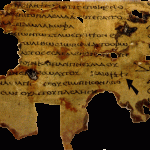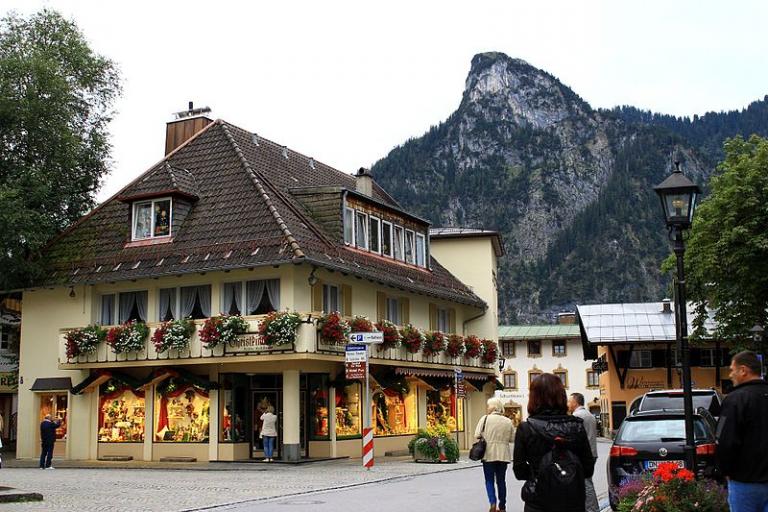
(Wikimedia Commons photo by Laima Gūtmane)
It’s still a way off, but, since it’s likely to sell out, I want to call your attention to a tour that I’ll be leading in 2020.
The famous Oberammergau Passion Play was first performed in 1634.
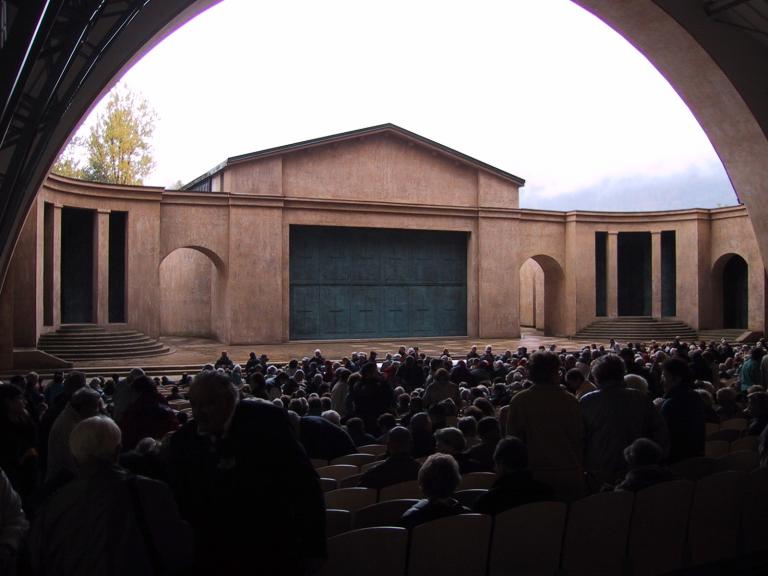
The residents of the Bavarian village of Oberammergau were threatened by a deadly outbreak of the bubonic plague that had been sweeping the region. A man who had inadvertently brought the disease into the village itself died, and then other villagers began to catch it. So the residents of Oberammergau vowed to God that, if he would spare them from the plague, they would perform a play every ten years commemorating and recounting the last days of Jesus. After that vow, so the account states, not a single additional resident died from the epidemic, and all of those who had been suffering from the plague recovered.
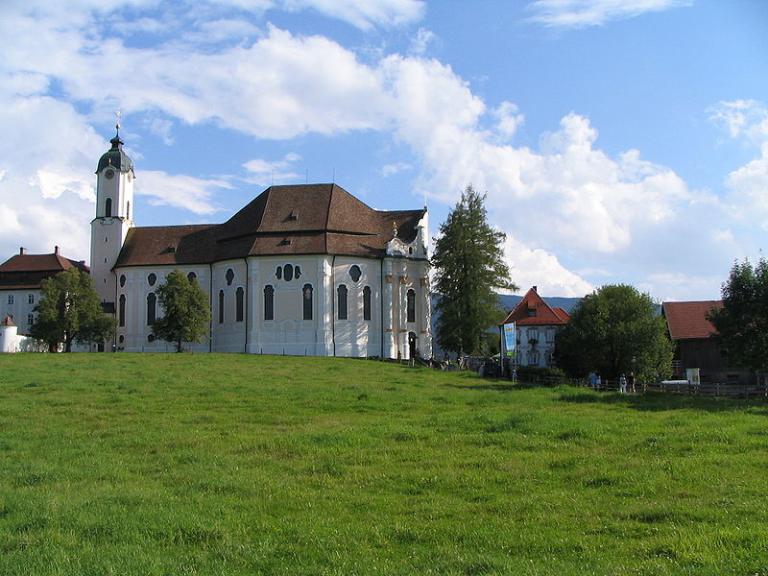
(Wikimedia Commons public domain)
Since the initial performance in 1634, the play has come to be presented in years ending with a zero — that is, once every decade. (No staging occurred in 1940, because of the Second World War.) There was a special performance season in 1934, marking the three-hundredth anniversary of its debut, and another special season in 1984, marking its 350th anniversary. Over 2000 actors, singers, musicians, and technicians, all residents of the small village of Oberammergau, participate in the effort.
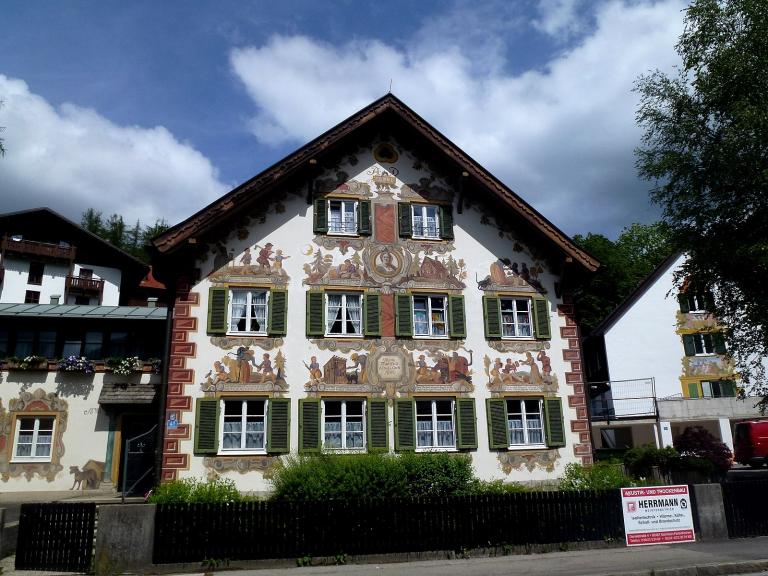
(Wikimedia CC photo by Hiroki Ogawa)
Rather unexpectedly and miraculously, I caught a performance of the Passion Play in 1970, and then again, this time with my wife and her family, in 1984. More recently, after a regrettable (and now, to me, inexplicable) gap, my wife and my brother and my sister-in-law attended a performance in 2010.
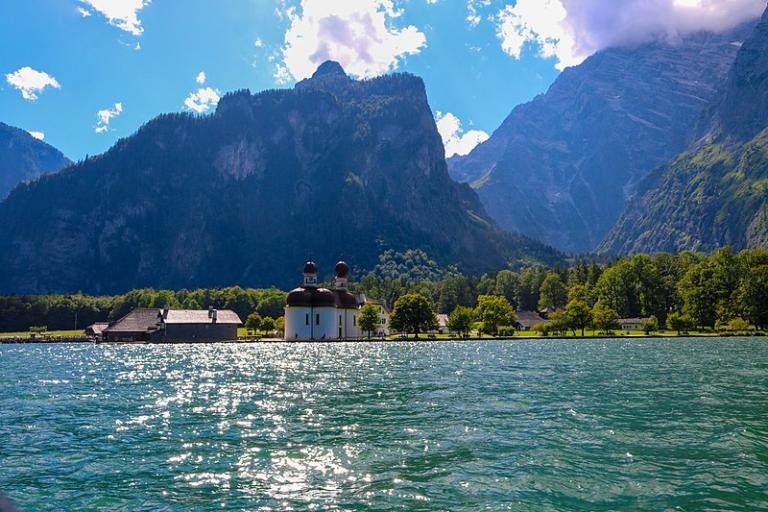
As we began to draw near to the year 2020, I announced to my wife and to anybody else who would listen, including the Cruise Lady herself, that I would be attending the Passion Play this next time. If somebody wanted to plan a tour around that fact, he or she would be welcome to do so. I intended to go in any case.
So there will now be a Cruise Lady tour.
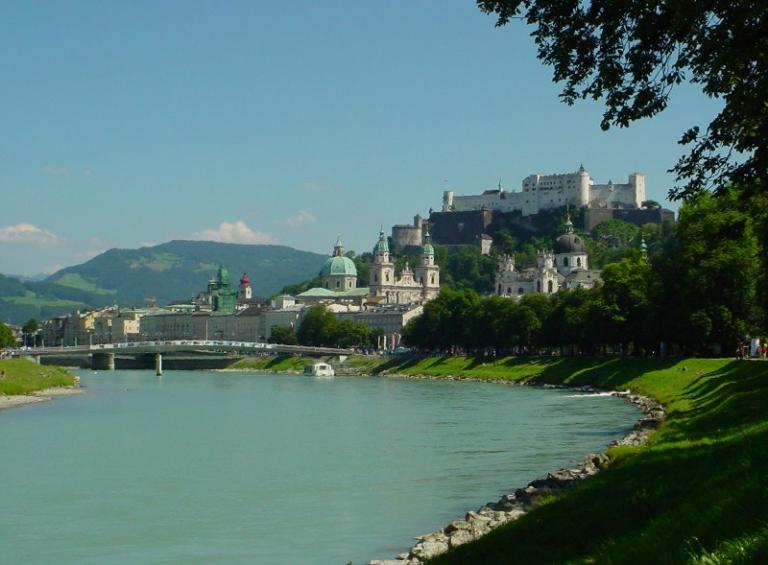
We’re still working out the details, but, right now, in addition to the Passion Play itself, it seems that we’ll be visiting Nymphenburg Palace, the Wieskirche, and the castles at Neuschwanstein and Hohenschwangau and Linderhof and Herrenchiemsee. We’ll take a boat ride on the Königssee. In Salzburg, we’ll take in a concert of music by the city’s native son, Wolfgang Amadeus Mozart, and we’ll visit Hellbrunn Palace. And we’ll visit Hitler’s “Eagle’s Nest,” above Berchtesgaden, as well as the Nazi concentration camp at Mauthausen.
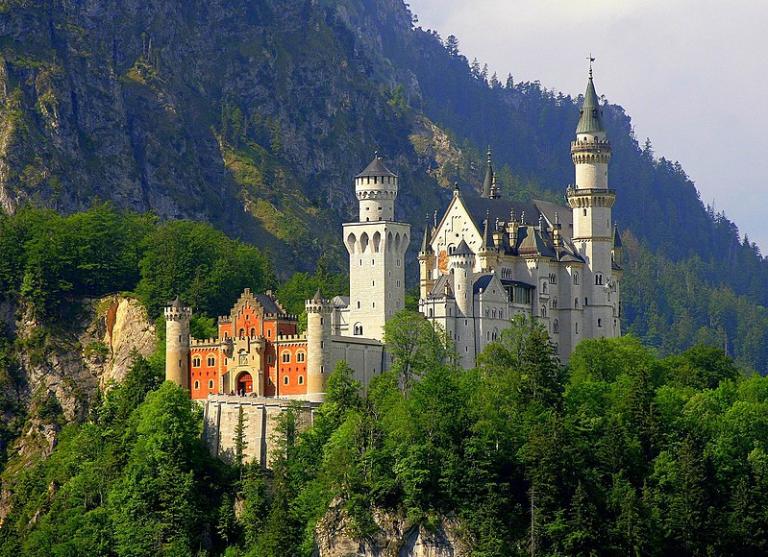
(Wikimedia Commons public domain)
This — the general region of the Bavarian, Austrian, and Swiss Alps — is country that I know well and love deeply. I served my mission in Switzerland and I’ve traveled here often and extensively. And, something that’s always mattered a lot to me, my father was involved, as a member of the Eleventh Armored Division of General Patton’s Third Army, in the liberation of the camp at Mauthausen.
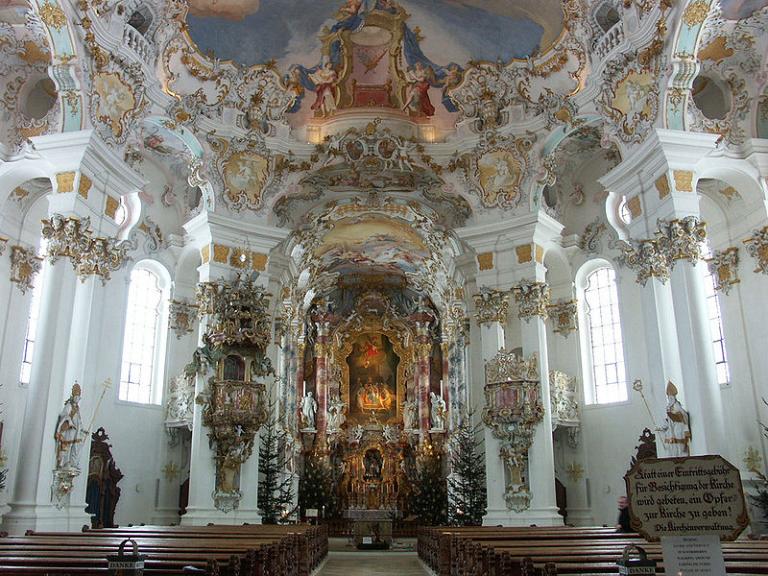
I’m hoping that we’ll be able to incorporate some fascinating history in Wittenberg, as well. The birthplace of the Protestant Reformation, Wittenberg — now officially known as Lutherstadt Wittenberg (“Luther City Wittenberg”) — is one of the most densely, foot by foot, interesting towns that I’ve ever seen. And, if I can swing it, we’ll even go to the Wartburg.
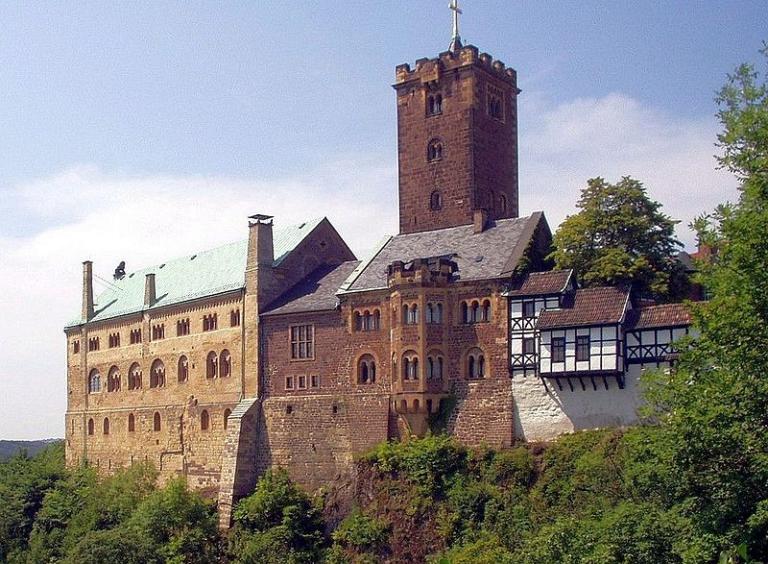
(Wikimedia Commons)
If you’re interested at all, you should get your name on the list soon. Doing so won’t commit you to anything, necessarily, but my bet is that the tour will fill up pretty quickly.









